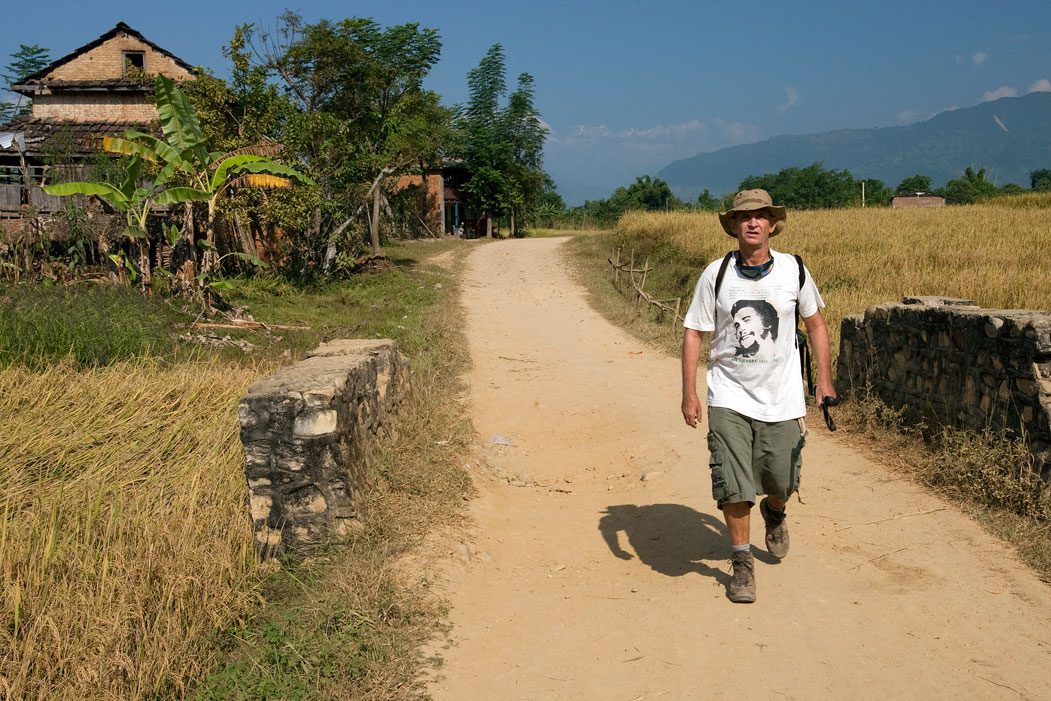
You do not have to consider yourself a ‘trekker’ to take advantage of Nepal’s great trekking infrastructure, there are just two basic requirements – enjoying walking and a love of the hills.
Hiking through different parts of Nepal is the best way to experience the country’s unbeatable combination of natural beauty and cultural riches. The massive contrasts in altitude and climates support a wide variety of lifestyles, flora and fauna. You will trek through picturesque villages inhabited by diverse ethnic groups, pristine forests of juniper and rhododendron, and accompanying you throughout will be the spectacular icy pinnacles of the Himalayas.
Trekking involves several days of hiking through the countryside and, in Nepal, most commonly involves a jeep/car/bus, or plane plus jeep/car/bus, trip, followed by a hike through the foothills, up terraced valleys, through verdant forests, over ridges and, on longer treks, across passes and up to the sparsely or uninhabited valleys, glaciers and mountains of the higher regions.
There are three types of trek: (a) easy short hkes, (b) treks that follow more travelled routes, complete with tea-houses (food and lodgings), for which we provide the lodgings, food, guide and porters and (c) treks that go more off-piste, into the wilderness on less touristy routes, for which we provide a full range of camping equipment, tents, guide, porters, chefs, food etc.
Most decent length treks are either (a) circular, like the famous Annapurna Circuit, going round a mountain or mountains, or (b) head for a destination, normally a base camp like Makalu or, if you’re thinking of a trekking peak, a summit like Mera. Which ever type you opt for you’re going to come back much fitter, maybe 5-10 kilos lighter for a two week trek, and you’re going to feel very pleased with yourself for having negotiated some of the most beautiful scenery on the planet.
To trek one does not have to be particularly fit and one does not require any specific skills bar the ability to walk. However some trails are harder than others and the most adventurous do require a degree of experience at walking in tricky conditions, clambering across rocks or dealing with the cold etc. That is one reason we have given you a questionnaire/form, top right at ‘Contact Us’, to fill in to help you and us chose the best trek for you. NB. The level of difficulty of the trek can be gauged by the order of the treks within the sections, Short Treks, Mid-length Treks, Long Treks, Trekking Peaks, easiest first.
Some 60% of trekkers in Nepal go to the Annapurna region, 20% to the Everest area, 10% to Langtang and the other 10% elsewhere. There is plenty of scope for you to trek in a touristy area – better facilities, more sociable – or a less visited area – it’s wilder man.

Leave a Reply
Want to join the discussion?Feel free to contribute!